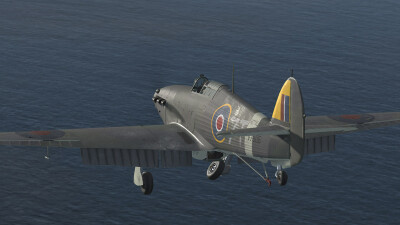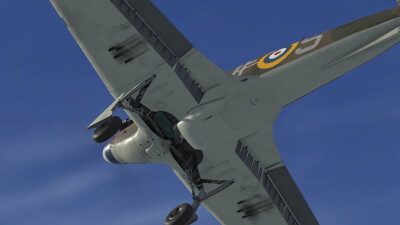Screenshots
Developer
This product has been produced by Aeroplane Heaven. For Aeroplane Heaven product support, please go to https://www.aeroplaneheaven.com/index.php#contact
View Aeroplane Heaven on OrbxDirectDocumentation
User GuideCompatibility
General
You will need Orbx Central to download and install this product. Orbx Central runs on Windows 7+, macOS and Linux. An internet connection is also required.
System Requirements
Minimum
- Prepar3D v4.4+ (dedicated)
- RAM: Minimum 2 GB available
- GPU: NVIDIA 1060 6+ GB or equivalent AMD card
The download size of this product is 1.36 GB. It uses 4.75 GB when installed.
Supported Simulators
This product is compatible with the following simulators:
- Prepar3D v4
- Prepar3D v5
Supported Operating Systems
This product is compatible with the following operating systems:
- Windows











